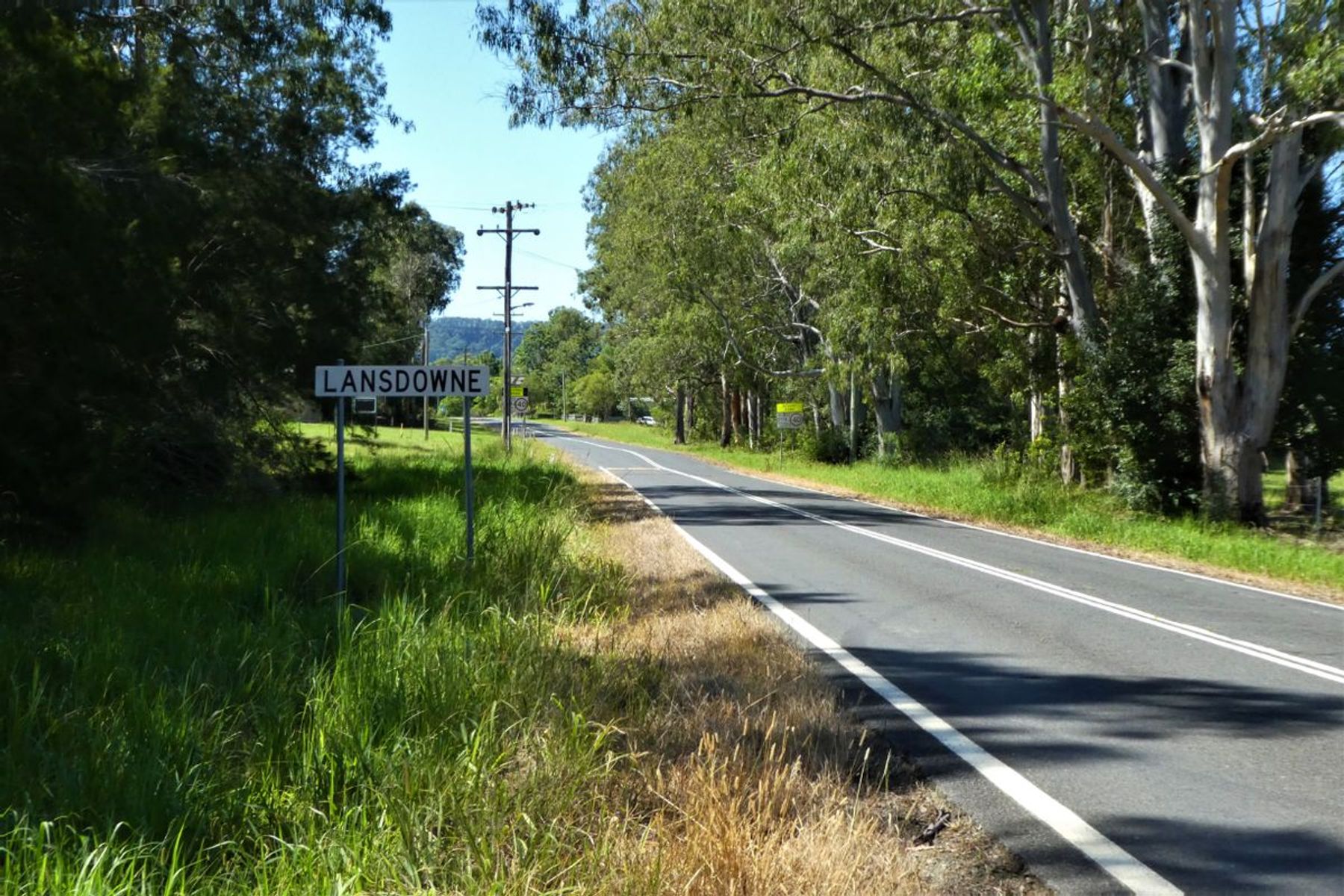
The beautiful Lansdowne Valley was first discovered from the river – the area being so thick with cedar trees they were unable to disembark. This was the catalyst for a burgeoning timber industry that was to define the region. As the industry expanded, the Langley Vale Timber railway was established to convey timber to the Lansdowne sawmill for processing and then transported afar by river. As the timber industry was slowing, the cleared land was found to be rich in volcanic minerals, perfect for cropping and pastures. The area became widely acclaimed for producing fat cattle and the high rainfall of the region ensured pastures and fresh produce were always plentiful.
The first Inn in the region was built at nearby Brimbin around the late 1820s, near the present day Yarratt Forest and well before Taree was established. This historic route allowed bullock-drawn vehicles to cross Dawson River and continue on to Port Macquarie, and is still known as the Old Port Road. The first settler of Lansdowne was ex-convict Benjamin Saville, who purchased 50 acres in 1848 on the northern bank of the Lansdowne River. His property became the main crossing point for travellers going to and from Port Macquarie for 40 years. As testament to the pioneer, direct descendants of the Saville family still reside in the area.
Today the village is serviced by a general store and post office, bowling and recreation club, primary school, community hall, several churches and the much appreciated bush fire brigade. A large sports oval with tiered covered seating is well-patronised by the many local sports enthusiasts. Launch your boat at the boat ramp and the navigable river will take you to Harrington via Coopernook. It is little known that a tea-tree oil plantation thrives in the low lying flood-plains area.
Residential blocks are available within the village surrounds with small acreage gaining popularity. Larger land holdings for primary production of dairy and meat are still plentiful. The escarpment is the jewel in the valley with Big Nellie, Flat Nellie and Little Nellie being prominent ancient volcanic plugs, part of the same volcanic vent that formed the famous Glass House Mountains in Queensland. Further up the valley are the striking formations of Mt Goonook, Mt Coxcombe, Mt Olive, The Bally, and Savilles Rock.
Upper Lansdowne
If you have never been to Upper Lansdowne you are in for a real treat. The small village is located at the head of the Lansdowne Valley, just below the Comboyne Plateau and where the Camden Haven River begins its journey east. The landscape is spectacular, with majestic volcanic outcrops amid rolling green fertile pastures and lush native vegetation, set against the stunning sandstone backdrop of the Lansdowne Escarpment. It is justly called ‘The Valley of Views’!
The village has a charming primary school, the St Barnabas Anglican Church with a monthly church service and the well-patronised Memorial Hall. The hall is a lovely, traditional timber building in the middle of the village. It is a hub for the community, used for meetings and entertainment of all of kinds, from the weekly craft group to coffee mornings, social dinners, trivia nights, music concerts, fully-catered plays and bush dances. It’s well worth being on their email list.
A few kilometres past the village is the iconic Saville’s Rock - previously known as Thunderbolts Rock after the famous bushranger was holed up in the area whilst injured and waiting for a local doctor to attend. Large parcels of land for dairy farming and cattle grazing are still common, but hobby farms and small acre lots are now the most popular selections.

